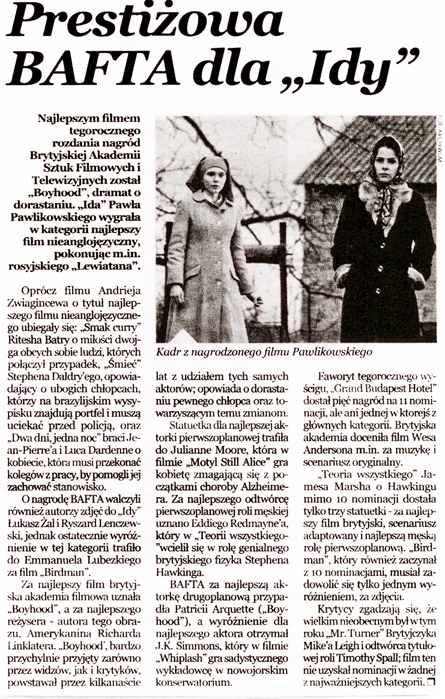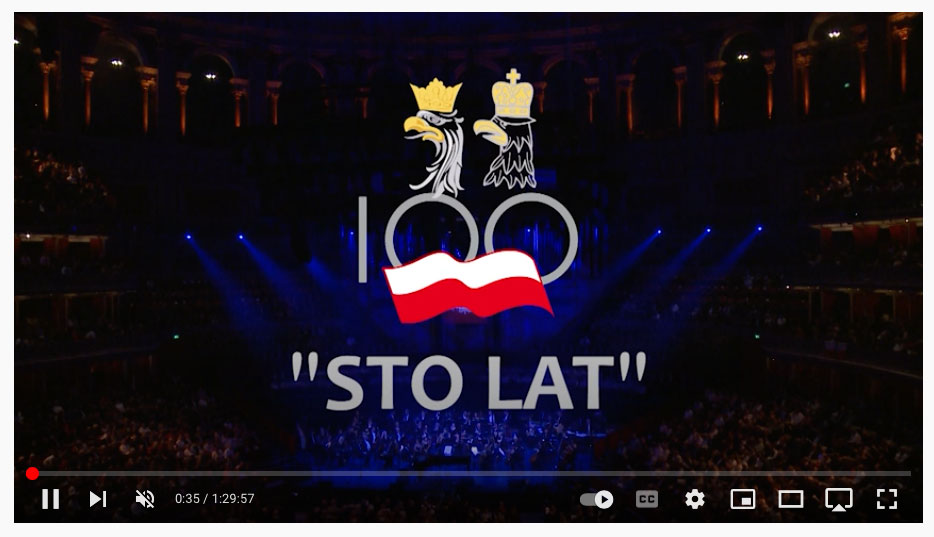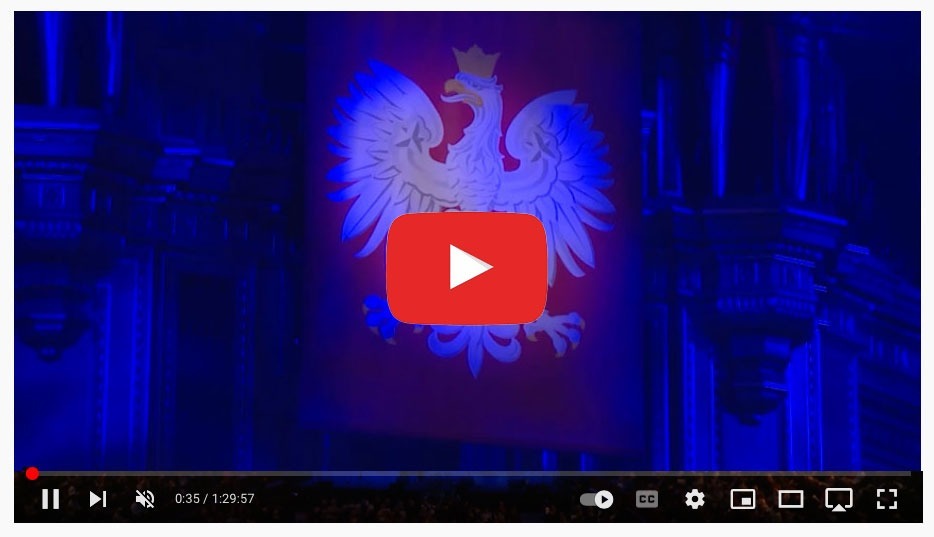
Make a donation
to PHS
Introducing
The Institute
of Polish
Military History

A message from our President, General Lord Guthrie of Craigiebank
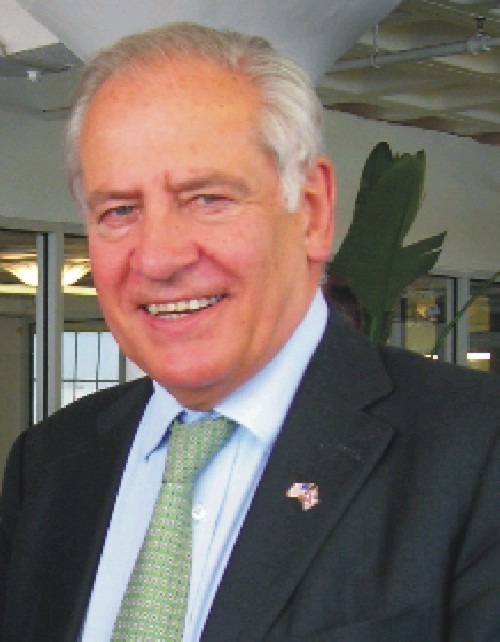
'I am delighted to be associated with the work of the Polish Heritage Society and very honoured to serve as its President. The Society's work highlights the enormous contribution which generations of Poles have made to their adopted country. Preserving and celebrating that heritage will only further strengthen the ties between Poland and the United Kingdom.
I worked closely with the Society on the project to build a memorial to the Polish Forces at the National Memorial Arboretum and saw at first hand the energy and dedication of those involved.
I encourage you to explore this website and learn about the many other projects the Society has sponsored. Do please contact us if you would like to be involved in any way'.
General The Lord Guthrie of Craigiebank GCB LVO OBE
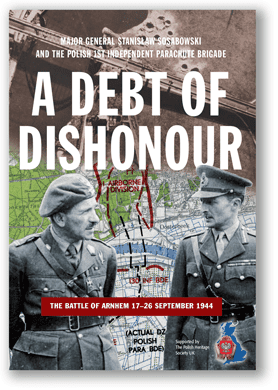
A Debt of Dishonour is a unique documentary film dedicated Major General Sosabowski and all ranks who served in the 1st Polish Independent Parachute Brigade Group and to their Comrades-in-Arms of the 1st British Airborne Division that fought in the ill-fated “Operation Market Garden” at Arnhem and Driel during September 1944.

The Polish Heritage Society
Polish Film "IDA" BAFTA Award Winner – 2015
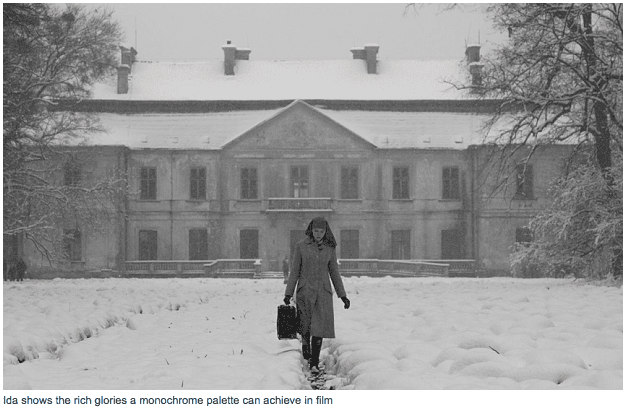
The film was written jointly by the film director, Pawel Pawlikowski and author, Rebecca Lenkiewicz, the well-known British theatre writer and director.
The number of actors are quite limited but it is Agata Trzebuchowska (first film role) who has created tremendous reputation.
This film has won numerous Awards and Nominations :
2015
( 1 ) Oscar Award – “Best Foreign Language Film” (87th Academy Award)
( 2 ) BAFTA Award - “The Best Film not in the English Language” (68th BAFTA)
( 3 ) Hollywood Foreign Press Association – “Best Foreign Language Film” (72nd Golden Globe Award Nomination)
( 4 ) International Press Academy – “Best Foreign Film” (19th Satellite Award Nomination)
2014
European Film Academy - Awards:
( 1 ) “ European Film 2014” IDA
( 2 ) “People’s Choice Award 2014 for Best European Film” IDA
( 3 ) “European Director 2014” – Pawel Pawlikowski for IDA
( 4 ) “European Screenwriter 2014” – Pawel Pawlikowski for IDA
( 5 ) “European Screenwriter 2014” - Rebecca Lenkiewicz for IDA
EFA JURY AWARDS
( 6 ) “European Cinematographer – Prix CARLO DI PALMA 2014” – Lukasz Zal for IDA
( 7 ) “European Cinematographer – Prix CARLO DI PALMA 2014” – Ryszard Lenczewski for IDA
European Film Academy – Nominations :
( 1 ) Agata Kulesza in IDA for “European Actress 2014”
( 2 ) Agata Trzebuchowska in IDA for “European Actress 2014”
2013
( 1 ) BFI London Film Festival – “Best Film Award”
( 2 ) Toronto International Film Festival – “Special Presentation Award” (FIPRESCI)
( 3 ) Polish Film Academy – “Best Film 2013”
( 4 ) Spanish Academy of Arts – “Best European Film” (29th Goya Award)
( 5 ) Cinematographic Sciences – “Best European Film”
( 6 ) Gdynia – “Best Film”
( 7 ) Warsaw – “Best Film”
( 8 ) Bydgoszcz – “Best Film”
( 9 ) Minsk – “Best Film”
( 10 ) Gijon – “Best Film”
( 11 ) Wiesbaden – “Best Film
( 12 ) Krakow – “Best Film”
 The Telegraph Film Review
The Telegraph Film Review
By Tim Robey – 26 Sep 2014
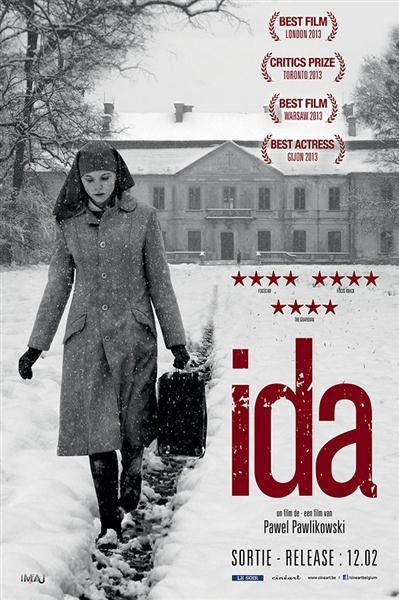 Director: Pawel Pawlikowski. Starring: Agata Kulesza, Agata Trzebuchowska, Dawid Ogrodnik. 12A cert, 82 min
Director: Pawel Pawlikowski. Starring: Agata Kulesza, Agata Trzebuchowska, Dawid Ogrodnik. 12A cert, 82 min
Genuflecting at the altar of black-and-white can be a shortcut to critical hosannas, a flashing advert that your film Means Business. Look, for instance, at Alexander Payne’s measly Nebraska from last year, which had thoroughly ordinary cinematography with the colours switched off.
And then look at Pawel Pawlikowski’s Ida, and have your eyes opened to what rich glories a monochrome palette can achieve. The film begins with spare, hushed scenes of ritual among nuns in early Sixties Poland. It takes just a handful of shots to establish the daily life of the main character, a novice called Anna (newcomer Agata Trzebuchowska), before she’s whisked from her calling on an unexpected and potentially life-changing errand.
What shots these are. The film immediately quotes Vermeer, with windows placed high and left to throw a severe brightness down into its indoor spaces. The framings throughout are fascinatingly radical: faces and heads almost always occupy the bottom third of the screen, if not even less. The weight of chapel columns, clouds, and a heavy aura of sadness seems to hang over all these people, like the despairing smog you can well imagine post-war Poland lived under.
The sobriety of the filmmaking, which might have felt like a “stay out” sign in hands less sure, isn’t stifling but commanding. It beckons you in. Anna is soon to discover that she was born Jewish, christened Ida, that her parents disappeared during the war, and that her sole surviving relative is an aunt called Wanda (Agata Kulesza), a fierce, chain-smoking magistrate who has waited all this time to acknowledge their kinship. She has reasons for this, Wanda, being a lost and depressive soul who can't screw or drink enough to make the pain go away.
She’s also, thanks to the magnificently vinegary and vital Kulesza, better company than you could possibly imagine. The two must go on a pilgrimage into the countryside, to uncover where, or even whether, their relatives were buried, and by whom, when Ida was abandoned into the nuns’ care. Wanda, quite unbidden, becomes this film’s equivalent of Claude Lanzmann – the documentary-maker who prowled the unyielding turf of rural Poland in Shoah, asking all the difficult questions, swatting off evasion with deadly insinuation.
Shoah, of course, was nine and a half hours long. At 82 minutes, Ida feels all the more miraculous for its diamond-like compression. Shots aren't wasted. Neither are scenes. When the women give a lift to a hitchhiking sax player (Dawid Ogrodnik), the glances and body language in the car are choreographed like a constricted dance. We feel Ida has never viewed herself sexually before, and the ribald influence of Wanda ignites a spark, even as Trzebuchowska's statuesque beauty retains a sense of mystery about how long it's likely to flicker for.
For Pawlikowski, working for the first time on film in his native Polish, this is more than a return to form after 2011's The Woman in the Fifth: it’s immaculately, even a little self-consciously, a masterwork. There’s something eerily perfect about it, quite complete. Nothing is scrimped on – certainly not the sound design, which makes the most of people trying to make very little noise: the nuns over their soup bowls, Ida making a stealthy escape from the new man in her life. The wind drops in a forest when Poland’s secrets are literally unearthed, and the film’s most haunting effect is audible for a microsecond – it's the soft, hollow, and tenderly muffled rattling of bones.
 Dziennik Polski – 10 February 2015
Dziennik Polski – 10 February 2015
